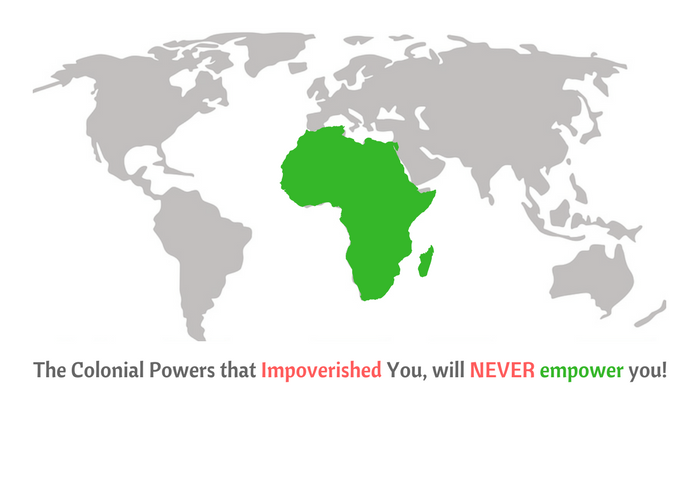
The Lost Decade: Africa in 1980s
During the 1980s, Sub-Saharan Africa was mired in mounting debt. African countries where not just in debt but were drowning in debt. Those that had followed the Soviet model as well as those that pursued the Western model were all surprisingly in debt despite the different economic models they had achieved the same outcome; bleak economic growth.
“The colonial powers that impoverished you, will never empower you.”
Government and social services dwindled and it was increasingly clear that education, transportation networks and health care systems would suffer as result of the slowing growth in economies. It was under these appalling economic conditions that Africa suffered a major blow in brain drain. The loss of human capital meant that those that could have had the solutions went to other countries and spurred those economies further.
- From 1986-1990, more than 60,000 professionals left Africa and migrated to mostly western countries
- Currently, 30% of professionals in medicine, science and technology and engineering and agriculture leave the African continent every year
During the 1980s, the economies were not growing which meant that there were fewer private and public sector jobs so more people moved to the informal sector.
In 1979, the World Bank and IMF provided Structural Adjustment programs to Senegal. Structural adjustment programs had been unsuccessful in South America where they were first implemented. In spite of this, 36 African countries signed on to these policies in the 1980s. These policies pushed for austerity measures such as:
- Privatization of government entities
- Devaluation of local currencies
- Reduced tariffs for imported goods
- Elimination of budget deficits
- Raising the commodity prices of food products
- Massive reduction in government workforce and
- Promotion of Foreign direct investment and ownership of local resources
These policies resulted in higher food prices as government supported food subsidies were eliminated. Many African government became bankrupt or were on the verge of bankruptcy. This was the beginning of the Age of Foreign Aid, donor agencies and foreign based non governmental organizations (NGOs). After the introduction of IMF Structural Adjustment Programs, Africa became the continent of beggars. The United Nations (UN) and other western agencies took over health and education sectors in the 36 countries. These agreements resulted in 243 loans totaling $200 billion in foreign aid. As a result, most African countries are now mired in debt and there is no prospect of debt reduction. The biggest tragedy of the lost decade was that there was no leadership in Africa calling for developing human capital in their own countries, President Sankara was the only lone voice across the continent. In contrast in 1978, China’s leadership developed a strategy to open China under Chinese terms. Today the Chinese are lenders and not just borrowers. In many African countries, the national debt is as high as 50% of their Gross Domestic Product (GDP). We will never build a strong Africa is we continue to think we can borrow our way into economic growth and prosperity.



